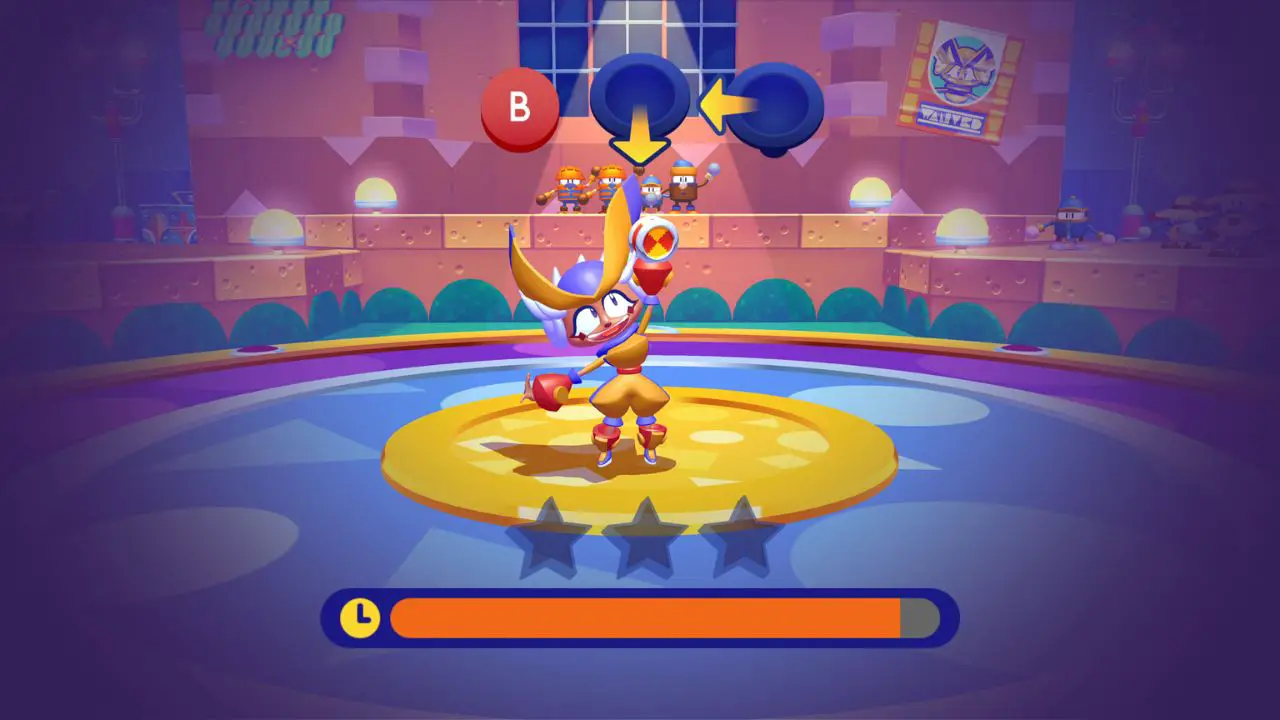Tokyo Ghoul Fractured Mask Tier List Guide – Best Heroes

If you’re unsure who to build, invest in, or sacrifice, this guide will walk you through the SS to A tier characters, with key mechanics like combo effects explained along the way. Here is a complete Tokyo Ghoul Fractured Mask Tier List Guide
Tokyo Ghoul Fractured Mask Tier List Guide – Best Heroes
Understanding the Tier Structure
SS Tier – Meta-defining characters. Invest without hesitation.
S+ Tier – Very strong, require the right setup or synergy to shine fully.
S Tier – Solid and versatile. Some are combo-dependent.
A Tier – Useful, but usually outclassed. Often have one standout mechanic.
Characters below A Tier are considered food unless you’re specifically using them for combo setups.
SS TIER
Kaneki (Centipede)
- Type: Stacking DPS
Why SS?
His damage ramps up during mid to late game. Starts slow but becomes insane after multiple self-buffs and debuffs on enemies. He applies the “On Slow” effect, increasing his base attack with each use — can stack up to 10 times. Ideal for longer fights or boss stages.
Juzo Suzuya
- Type: Burst Assassin
Why SS?
One of the best assassins in the game. Directly targets backline units with fast, high burst damage. He’s great for eliminating healers or mages before they even get a turn. Excellent pick for PvP and PvE.
🔷 S+ TIER
Yakumo (Awakened)
- Type: HP-Based Assassin
Why S+?
Targets enemies with the lowest max HP, making him great for cleaning up low-health enemies. Delivers finishing blows rather than initiating. Works well in longer fights.
Take Hirako
- Type: Support Assassin
Why S+?
Walks (yes, literally walks) to the enemy backline, making his engage slower. But when he gets there, he applies healing block effects (Rida Seal) that shut down healers. He’s great utility in slow-paced battles.
Kuro Ui
- Type: Blading Support
Why S+?
Synergizes with blading users like Tank Kaneki. His passive lets him recover HP and reduce cooldowns when attacking enemies with the Blading effect. Core support in blading comps.
S TIER
Kaneki (Tank Version)
- Type: Stacking Bruiser
Why S?
Similar to Centipede Kaneki, his strength grows mid-fight. Good for sustain comps. Best when paired with blading combo characters like Kuro Ui.
Ayato Kirishima
- Type: Mage Reflector
Why S?
Reflects incoming attacks with added debuff effects per bounce. His skills target backliners easily, making him excellent for PvP mirror matches or nuking enemy supports.
Kuitsu
- Type: Burst Assassin
Why S?
Leaps to the backline like Juzo but lacks survivability. Great for quick kills, but extremely fragile. Use with care.
🔸 A TIER
These characters are either combo-specific or situationally strong.
Irimi
- Type: Bouncing Mage
Why A?
Basic attacks reflect damage, plus she can stun and silence. She also applies poison from her unique skill. Great utility, especially when paired with Noro to double the poison effect.
Uta
- Type: Damage-Sharing Support
Why A?
Can share damage across teammates and buff their attack. Not as strong defensively as other supports but works well in coordinated comps.
Kyji (Bald Guy)
- Type: Barrier Support
Why A?
Provides shields for allies. Doesn’t do much else, so he’s generally outclassed by Uta.
Yamori Yakumo
- Type: Tank
Why A?
A well-rounded tank with taunt, debuff removal, and some damage-dealing potential. Good pick early to mid-game.
Chu
- Type: Ultimate Denial Mage
Why A?
Increases enemy skill cooldowns (HT Reduction), delaying their ultimates. Excellent for disrupting enemy rotations, especially in PvP.
Saudara Bin
- Type: Fighter/Control
Why A?
Tanky and has stun capabilities. Also charges ult fast due to strong energy recovery. Great control pick.
🟤 Combo Mechanics Explained
In Tokyo Ghoul: Fractured Mask, combo effects are crucial to maximizing your team’s potential. Characters can trigger bonus effects when their debuffs match. Here are the key types:
Corrosion Combo
- Hinami + Kosuke Hoji
Both apply Corrosion, which increases damage taken by affected enemies. Together, they stack this effect, triggering passive bonuses like increased damage output from Hoji.
Blading Combo
- Tank Kaneki + Kuro Ui
Kaneki applies Blading, while Kuro gains HP and cooldown benefits when hitting bladed targets. Makes blading comps viable for long fights.
Poison Combo
- Noro + Irimi
Noro’s damage scales with the number of poisoned enemies. Irimi applies poison via her unique skill. They form a niche but deadly poison-based control comp.
Characters to Avoid (Unless Comboing)
Hinami
Why Avoid?
Her Corrosion alone isn’t enough to justify using her. Only viable in combo setups with Hoji.
Amon
Why Avoid?
Common drop, average performance. Offers little unique utility.
Naki, Rji Yomo, etc.
Why Avoid?
These characters are generally used as fodder. They lack strong effects or synergy and are best used for upgrading stronger units.
Noro
Why So Low Despite S+?
Powerful poison effect but slow to kill and lacks early impact. Needs combo setup to shine — not a solo carry.
Tips for Building Your Team
Always look for debuff synergy: Don’t just chase SS units. Build around shared effects (e.g., corrosion, poison, blading).
Don’t overlook reflect/delay mechanics: Ayato and Chu can neutralize meta threats.
Assassins are meta in PvP: Characters like Juzo and Kuitsu dominate the backline.
This tier list isn’t about raw power — it’s about how characters work together. Combos and synergy matter more than single-unit damage. If you’re F2P, building around corrosion (Hinami + Hoji) or blading (Kaneki + Kuro Ui) gives you great results without needing full SS teams.

